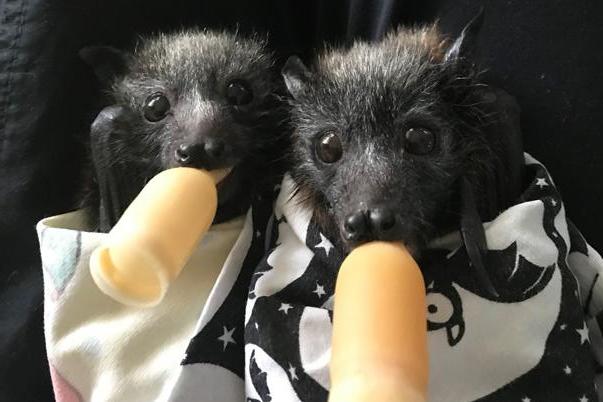
1 minute read
Going batty for a good cause
WORDS Erica Visser
GOING BATTY
Advertisement
FOR A GOOD CAUSE
One of the best things about living in Mawson Lakes is the abundance of wildlife, according to Fauna Rescue of SA Bat Team member Shane McCann.
“We’re lucky to have regular visitors of many species of frogs, lizards, ducks, pelicans and so many other bird species,” she said.
And then there are the species that many of us don’t often spare a thought– like bats.
Shane, who became a volunteer wildlife rescuer and carer eight years ago, is hoping education will change the public’s perception.
“My absolute love is the amazing Greyheaded Flying-foxes,” the grandmother of two boys said.
“Once you understand the importance of our night time visitors you will appreciate them as much as I do.
“No words can describe the feeling I have each and every time I care for an orphaned animal, and watch them thrive, and finally be released into freedom amongst their own kind.”
The Grey-headed Flying-fox, South Australia’s only species of megabat, is endemic to Australia and is a protected species which is vulnerable to extinction.
Also known as a “keystone species”, many other plants and animals rely on them for their survival. Shane help to not only care for but educate others about the importance of flying foxes, for example through educational talks to a range of different groups.
“We feel the key to education is providing correct information and dispelling myths,” Shane said.
“This knowledge could be the greatest hope these animals have for the survival of their species.”
If you come across an injured bat or one out on their own during the daytime, please do not touch them and call the Fauna Rescue of SA Bat Team Hotline on 8486 1139 - 24 hours a day.
Bats being cared for by the Fauna Rescue of SA.
BAT FACTS
• Flying foxes are responsible for pollinating and propagating a massive 70 per cent of hardwood eucalypts on the east coast of
Australia.
• Tiny microbats do us a massive favour by eating hundreds of insects on any given night, often totalling up to 40 per cent of their bodyweight!
More information on the Fauna Rescue of SA Bat Team can be found at: faunarescue.org.au










